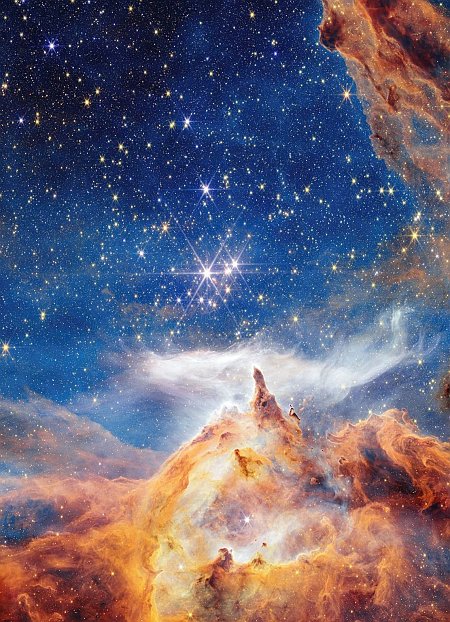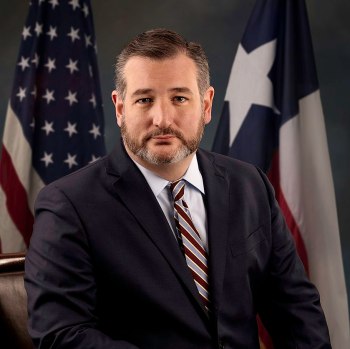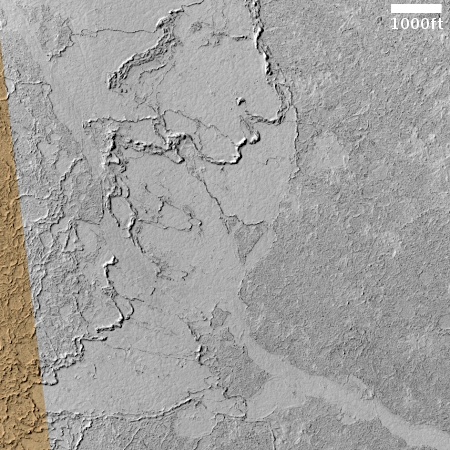EchoStar sells spectrum licenses to SpaceX for $17 billion while buying into Starlink
EchoStar today announced it has sold two of its spectrum licenses to SpaceX for $17 billion, in a deal that will also allow EchoStar’s customers to access Starlink.
EchoStar has entered into a definitive agreement with SpaceX to sell the company’s AWS-4 and H-block spectrum licenses for approximately $17 billion, consisting of up to $8.5 billion in cash and up to $8.5 billion in SpaceX stock valued as of the entry into the definitive agreement. Additionally, the definitive agreement provides for SpaceX to fund an aggregate of approximately $2 billion of cash interest payments payable on EchoStar debt through November of 2027.
In connection with the transaction, SpaceX and EchoStar will enter into a long-term commercial agreement, which will enable EchoStar’s Boost Mobile subscribers – through its cloud-native 5G core – to access SpaceX’s next generation Starlink Direct to Cell service.
Essentially, in exchange for the spectrum EchoStar is investing in SpaceX.
EchoStar also today canceled a contract it had signed in early August with the satellite company MDA to build its own 100 satellite constellation designed to provide direct-to-cellphone service, competing with Starlink and AST SpaceMobile. EchoStar will no longer build a rival constellation.
Wall Street apparently liked this deal, as EchoStar’s stock value quickly rose about 19%. It also appears the deal resolves questions the FCC had raised about EchoStar recent activities.
EchoStar today announced it has sold two of its spectrum licenses to SpaceX for $17 billion, in a deal that will also allow EchoStar’s customers to access Starlink.
EchoStar has entered into a definitive agreement with SpaceX to sell the company’s AWS-4 and H-block spectrum licenses for approximately $17 billion, consisting of up to $8.5 billion in cash and up to $8.5 billion in SpaceX stock valued as of the entry into the definitive agreement. Additionally, the definitive agreement provides for SpaceX to fund an aggregate of approximately $2 billion of cash interest payments payable on EchoStar debt through November of 2027.
In connection with the transaction, SpaceX and EchoStar will enter into a long-term commercial agreement, which will enable EchoStar’s Boost Mobile subscribers – through its cloud-native 5G core – to access SpaceX’s next generation Starlink Direct to Cell service.
Essentially, in exchange for the spectrum EchoStar is investing in SpaceX.
EchoStar also today canceled a contract it had signed in early August with the satellite company MDA to build its own 100 satellite constellation designed to provide direct-to-cellphone service, competing with Starlink and AST SpaceMobile. EchoStar will no longer build a rival constellation.
Wall Street apparently liked this deal, as EchoStar’s stock value quickly rose about 19%. It also appears the deal resolves questions the FCC had raised about EchoStar recent activities.








